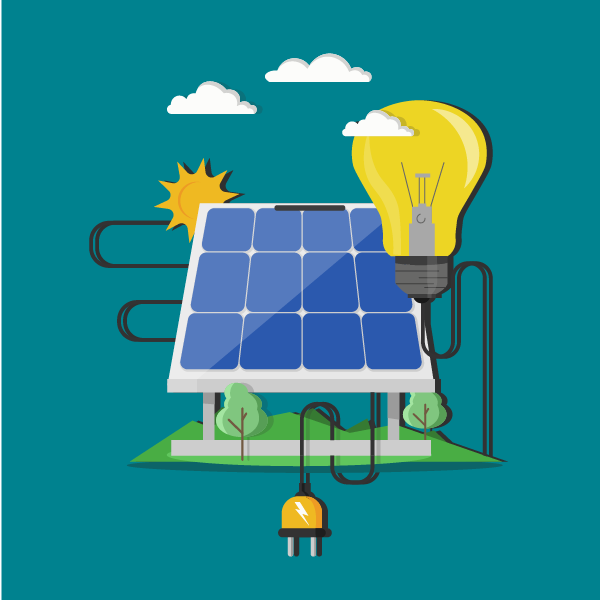
Solar panels have become a common sight on rooftops, but have you ever wondered how they work their magic to convert sunlight into electricity? In this blog post, we’ll delve into the fascinating science behind solar panels and explore how photovoltaic cells turn sunlight into a source of clean, renewable energy.
The Basics: Photovoltaic Cells
At the heart of every solar panel are photovoltaic cells, also known as solar cells. These cells are responsible for capturing sunlight and transforming it into electricity. The science behind this process is based on the photovoltaic effect, which was first discovered by Alexandre-Edmond Becquerel in 1839. It wasn’t until the mid-20th century that photovoltaic cells became a practical source of electrical power.
How Photovoltaic Cells Work
The magic begins when sunlight, which is composed of tiny packets of energy called photons, strikes the surface of a solar panel. Here’s a step-by-step breakdown of how photovoltaic cells work:
Absorption: Each photovoltaic cell contains semiconductor materials, typically made of silicon. When photons from sunlight hit these materials, they get absorbed.
Excitation: The absorbed photons transfer their energy to electrons in the semiconductor. This energy excites the electrons, causing them to break free from their normal positions in the atoms.
Creation of Electron-Hole Pairs: The excited, or energized, electrons create what’s called “electron-hole pairs.” Electrons move to higher energy states, leaving behind positively charged “holes” where the electrons used to be.
Flow of Current: The movement of these energized electrons creates an electric current. This flow of electricity is what we harness as usable electrical energy.
Generation of Direct Current (DC): The electrical energy generated by the photovoltaic cells is in the form of direct current (DC). This DC electricity can be used to power your home or can be stored in batteries for later use.
Conversion to Alternating Current (AC): To power most household appliances, the DC electricity generated by the solar panels is converted to alternating current (AC) using an inverter.
Utilization: The AC electricity can then be used to power your lights, appliances, and everything else in your home, reducing your reliance on electricity from the grid.
Efficiency and Environmental Benefits
The efficiency of a solar panel system depends on factors like the quality of the photovoltaic cells, the angle and orientation of the panels, and the amount of sunlight they receive. However, even in less-than-optimal conditions, solar panels can produce a significant amount of clean energy.
One of the most appealing aspects of solar panels is their environmental benefit. They produce electricity without emitting greenhouse gases, making them a key player in the transition to a more sustainable and cleaner energy future.
In conclusion, the science behind solar panels is a testament to human innovation and our ability to harness the power of the sun to meet our energy needs. Understanding how photovoltaic cells work can deepen our appreciation for the remarkable technology that allows us to generate electricity from a virtually limitless and renewable source: sunlight.

Leave A Comment